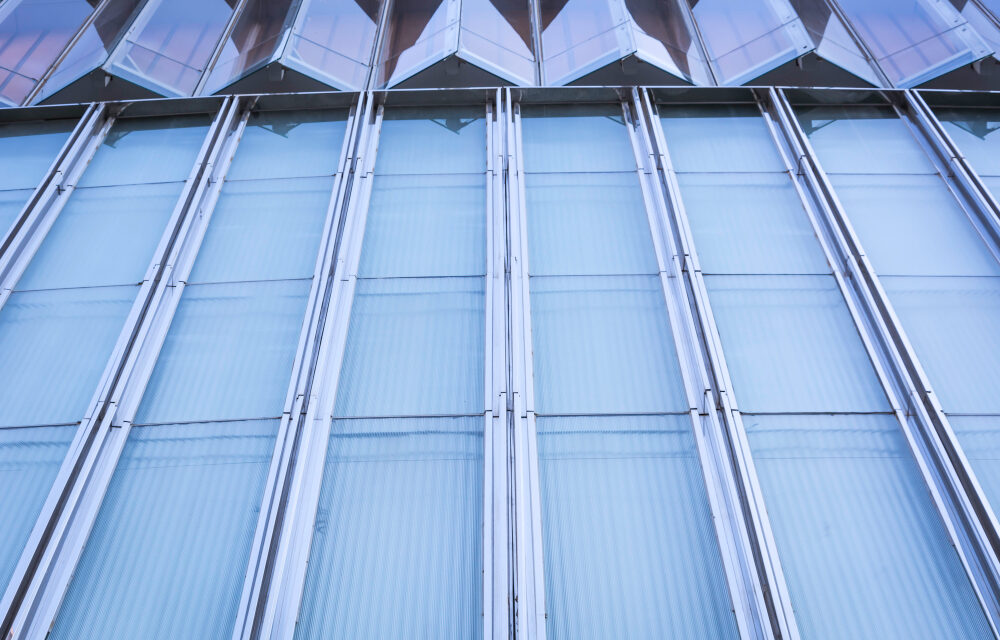In the vast landscape of construction and infrastructure, industrial roofing stands as a crucial and often underappreciated component. Far beyond a mere shield against the elements, industrial roofs play a pivotal role in maintaining the structural integrity of warehouses, factories, and other industrial facilities. This article explores the various facets of industrial roofing, shedding light on its importance, types, materials, and maintenance practices.
Importance of Industrial Roofing:
- Structural Protection: Industrial facilities house valuable machinery, raw materials, and finished products. A robust industrial roof acts as the first line of defence, protecting these assets from weather extremes, including rain, snow, hail, and UV radiation.
- Operational Continuity: A leaky or damaged roof can disrupt operations, leading to downtime and financial losses. Industrial roofing systems are designed to ensure uninterrupted production by preventing water ingress, maintaining a controlled environment, and safeguarding equipment.
- Energy Efficiency: Many industrial roofing systems incorporate energy-efficient features such as reflective coatings or insulation materials. This not only helps in regulating the temperature within the facility but also contributes to cost savings by reducing the reliance on heating or cooling systems.
Types of Industrial Roofing:
- Metal Roofing: Metal roofing is a popular choice for industrial applications due to its durability and longevity. Materials like steel and aluminum provide excellent resistance to corrosion, and metal roofs can withstand harsh weather conditions.
- Flat Roofing: Flat roofs are a common sight in industrial buildings. They are cost-effective, easy to install, and provide ample space for HVAC systems and other equipment. However, proper drainage is crucial to prevent water pooling.
- Single-Ply Membrane Roofing: This type of roofing involves the use of a single layer of synthetic material, such as TPO (thermoplastic olefin) or EPDM (ethylene propylene diene monomer). Single-ply membranes are known for their flexibility, UV resistance, and ease of installation.
- Built-Up Roofing (BUR): BUR consists of multiple layers of bitumen and reinforcing fabrics. It offers excellent waterproofing and is suitable for buildings with heavy foot traffic on the roof.
Materials Used in Industrial Roofing:
- Metal: Steel, aluminum, and other metal alloys are popular for their durability, resistance to corrosion, and minimal maintenance requirements.
- Membranes: TPO, EPDM, and PVC are common single-ply membrane materials, providing flexibility and protection against the elements.
- Bitumen: Bituminous materials, often used in BUR systems, offer strong waterproofing capabilities.
- Insulation: Materials like foam board or fiberglass provide thermal insulation, contributing to energy efficiency.
Maintenance Practices:
- Regular Inspections: Scheduled inspections help identify and address issues before they escalate. This includes checking for leaks, damaged flashing, and the overall condition of the roofing material.
- Cleaning and Debris Removal: Keeping the roof clean from debris, leaves, and other materials prevents water pooling and potential damage to the roofing system.
- Prompt Repairs: Addressing minor issues promptly is crucial to preventing more extensive damage. This includes repairing leaks, replacing damaged roofing material, and fixing faulty flashing.
Conclusion:
Industrial roofing is a silent guardian of the structures that drive our economies. Its significance goes beyond mere protection from the elements; it ensures the continuity of industrial operations, contributes to energy efficiency, and preserves the longevity of valuable assets. Understanding the various types, materials, and maintenance practices associated with industrial roofing is essential for businesses aiming to create resilient and sustainable industrial facilities.

